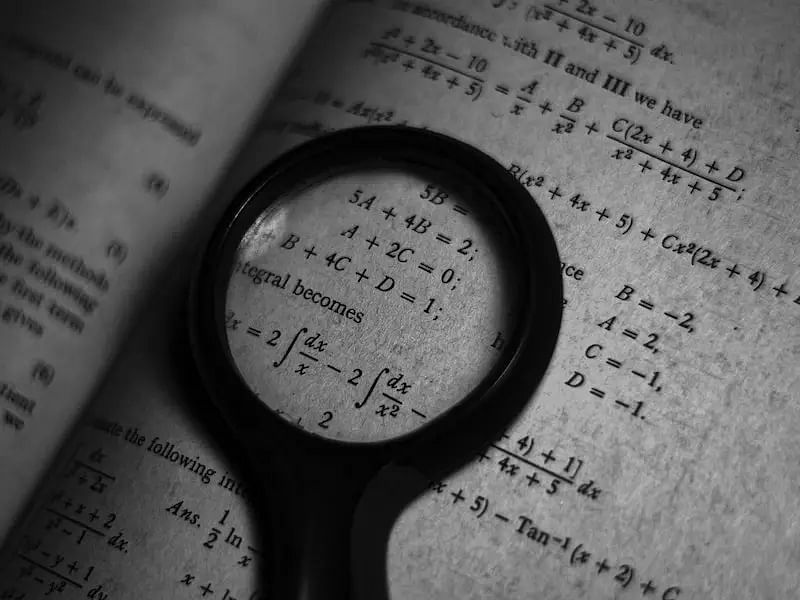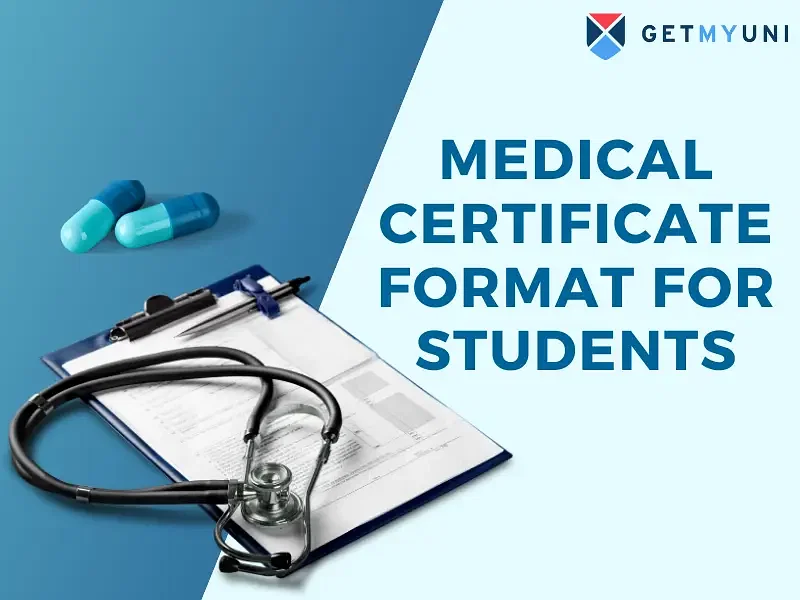The education system in India has evolved in the past few years to accommodate a more logical and practical approach towards education. The Indian education system can be roughly divided into the pre-primary, primary, secondary, higher secondary, graduate and postgraduate levels.
Education System in India: The education system in India has evolved over the years and plays an important role in shaping not just the careers of the students but their lives as well. The Indian education system is divided into several levels, including pre-primary, primary level, secondary, higher secondary, graduate and postgraduate levels.
In India, the education system is state-run. There are centralised boards as well as state boards to which the schools are affiliated. After the higher secondary level, education is imparted in colleges and universities, where the courses are bifurcated into academic, professional, and vocational courses.
An in-depth study of the complete system is crucial for a clearer understanding.
History of the Education System in India
The education system in India that we see today is said to have come down since the Rig Vedic times. In the early period, Mathematics was the only subject through which education was imparted, implying a logical approach to learning.
In the latter period, subjects that were included to be taught were Pali grammar, Buddhist literature, social values and logic. Education was free in those times.
For the Hindu society, education was imparted in pathshalas or gurukuls where the students had to stay and serve the ‘guru’ or the teacher and learn their lessons. At the same time, in a Muslim society, there were Madrasas and Maqtabs.
When India became a British colony, initially the East India Company did not think of working on or improving the education system in India. It was later that the missionaries coming from Europe introduced Western education in the country. The Sergeant Commission and the Hunter Commission are the commissions that were set up by the British to improve the quality of education in India.
There was immense improvement in the Indian system of education in the postcolonial period. The modern education system in India can be segmented into four distinctive layers roughly. They are primary, secondary, higher secondary and higher education.
Modern India made it mandatory to educate children in the age group of 6 years to 14 years. Higher education refers to the education after completing the higher secondary level. The graduate, postgraduate, doctoral and postdoctoral levels constitute the higher education in the country.
Also Read: Indian Education System vs Foreign Education System
New Education Policy
The New Education Policy has made several amendments to the education system in India. The moderations made in the system have been mentioned in the section below:
- The foundational stage of education runs for 5 years. The age group covered in this segment is 3 years to 8 years.
- The preparatory stage runs for 3 years. The age group covered in this stage is 8 years to 11 years, which ideally corresponds to classes 5 to 8.
- The middle stage of education is between the age group of 11 years to 14 years. The classes covered are 6 to 8.
- The secondary stage is between 14 years and 16 years which includes classes 9 and 10.
- The higher secondary stage is between 16 years and 18 years which corresponds to the higher secondary classes of 11 and 12.
- There's no restriction on choosing the combination of subjects. Students can choose subjects across streams.
Also Read: What is Quality Education? Meaning and Importance
Stages of Education in India
The education system in India is divided into the pre-primary level, the primary or the elementary level, the secondary level, the higher secondary level, the graduate level, the postgraduate level, and the doctoral and postdoctoral levels. The description for each level can be found below.
- Pre-Primary Level: This stage covers the education of children between 3 and 6 years of age. While terminology may differ for different regions and schools, this stage mostly starts from the playgroup and ends with upper kindergarten.
- Primary Level: This is a relatively longer stage and covers classes 1 to 8 in school. Classes 1 to 5 constitute the primary level and classes 6 to 8 constitute the upper primary level.
- Secondary Level: This stage is constituted by classes 9 and 10 in school.
- Higher Secondary Level: This stage includes classes 11 and 12 in school.
- Graduate Level: This stage includes 3 years of degree courses which are done in the college.
- Postgraduate Level: The postgraduate stage can be done in colleges or universities.
- Doctoral and Postdoctoral Levels: The doctoral and postdoctoral levels require research and are done at the universities.
Also Read: Types of Education: Formal, Informal & Non-Formal
Central and State School Education Boards in India
There are a number of education boards in India apart from the state education boards. The central boards are CBSE, CISCE, and NIOS. Each of these boards has a separate set of curriculum for teaching as well as conducting exams.
The centrally operating education boards in India are the following:
- Council for the Indian School Certificate Examinations (CISCE)
- Central Board of Secondary Education (CBSE)
- National Institute of Open Schooling (NIOS)
The state-run education boards in India can be found below:
- Bihar School Examination Board (BSEB)
- Punjab School Education Board (PSEB)
- Madhya Pradesh Board of Secondary Education (MPBSE)
- Jammu and Kashmir State Board of School Education (JKBOSE)
- Board of High School and Intermediate Education Uttar Pradesh
- Chhattisgarh Board of Secondary Education (CGBSE)
- Board of Secondary Education Rajasthan (RBSE)
- Haryana Board of School Education (HBSE)
- Himachal Pradesh Board of School Education (HPBOSE)
- Andhra Pradesh Board of Secondary Education (BSEAP)
- Andhra Pradesh Board of Intermediate Education (BIEAP)
- West Bengal Board of Secondary Education (WBBSE)
- Maharashtra State Board Of Secondary and Higher Secondary Education (MSBSHSE)
- Gujarat Secondary and Higher Secondary Education Board (GSEB)
Also Read: CBSE vs State Boards: Which is Better?
Education Schemes in India
The education system in India has witnessed the introduction of various kinds of educational schemes aiming at improving the quality of education among the targeted population. All such schemes that have been introduced and implemented to improve the education system and therefore the literacy rate are mentioned below:
- Right to Free and Compulsory Education Act (2009): This act was passed in 2009 to make education compulsory for all children aged between 6 and 14 years.
- Scheme for Promotion of Academic and Research Collaboration (SPARC): This scheme was introduced to aid in the development and promotion of a conducive ecosystem in the higher educational institutes for conducting research by way of communication and exchange of ideas with foreign nations.
- National Educational Alliance for Technology (NEAT): This scheme is aimed at improving the quality of education in higher educational institutes.
- Rashtriya Uchchatar Shiksha Abhiyan (RUSA): This scheme was introduced in 2013 by the then Ministry of Education. This scheme is sponsored by the Centre to facilitate strategic development in the higher educational institutes of the country.
- NISHTHA 2.0: This scheme was introduced to train the teachers as per the requirement to support logical and critical thinking in students.
- Pradhan Mantri Schools for Rising India (PM-SHRI) Yojana: This scheme has been introduced by the Government of India to facilitate better learning in 14,000 schools located countrywide. The aim is to improve and uplift the education in these schools to bring them at par with the other centrally-controlled and state-controlled schools in the country.
- Mid-Day Meal Scheme: This system was renamed the PM Poshan or Pradhan Mantri Poshan Shakti Nirman in September 2021. This scheme offers lunch to the children from classes 1 to 8 in the government-run schools.
- PRAGYATA: This scheme issues an advisory in the form of guidelines, created by the NCERT, to the schools for digital education.
- Samagra Shiksha: This scheme merges together the schemes of Sarva Shiksha Abhiyan (SSA), Teacher Education (TE), and Rashtriya Madhyamik Shiksha Abhiyan (RMSA). This scheme covers the pre-primary to the higher secondary level of education in the schools. The scheme fosters equal and all-inclusive education in the schools.
Also Read: Women Education in India: Importance, Welfare Schemes, and Benefits
Challenges Faced by the Education System in India
Despite the all-round development of the education system in India, there are a few challenges faced by the system. Corrective measures can help in dealing with the challenges and bring the education system of India to par with the top-ranking systems in the world.
The challenges faced by the system are:
- Lack of Infrastructure: The lack of infrastructure in most of the schools in rural areas leads to insufficient development of the students in terms of learning.
- Rote Learning Methods: This is one of the major drawbacks of the Indian education system. As compared to the top-ranking countries, in terms of education, the education system in India lies behind because of the rote learning techniques.
The ways of teaching in most of the schools are rather outdated, despite digital platforms being used in a few. Stressing on rote learning fails to instil interest in the students thereby leading to a half-hearted knowledge. - Lack of Practical Application: Most of the lessons imparted in the school level lack any demonstration or practical application. This leads to insufficient knowledge among the students which hinders their educational growth in the long run.
- Expensive Education: The top private schools rank among the best schools in the country. However, the expenses are sky reaching which makes it not just difficult but impossible for most of the population to afford these schools.
- Teacher-to-Student Ratio: This is a factor that is constantly hindering proper learning among the students. The class strengths are quite high which makes it difficult for the teachers to pay attention to individual students and address their needs.
Also Read: 5 Advantages And Disadvantages Of Online Education
Literacy Rate in India
The education system in India is controlled and supervised by three central committees - University Grants Commission (UGC). National Council of Educational Research and Training (NCERT), and All India Council for Technical Education (AICTE). There exists a Ministry of Education in each state. There are more than 37000 colleges and 700 universities in India.
The literacy rate in India for seven-year-olds and above is 74.04%. The male literacy rate stands at 82.14% while the female literacy rate in India is 65.46%. The GER or General Enrolment Ratio for higher education in India stands at 26.30%. The GER is a metric that represents the percentage of people in the age group of 18 years to 23 years going for higher education.
Also Read: 10 Ways to Balance Student Life And Academics
Right to Education Act (RTE)
The Right to Education Act was enacted on Aug 4, 2009, and came into force in Apr 2010. This is an Act of the Parliament of India to safeguard the rights of children to education free of cost. As per the act, the children are entitled to receive free and compulsory education from 6 years of age to 14 years of age.
The Right to Education Act makes it mandatory for children to receive fundamental education irrespective of caste, creed or gender. The Act lists the norms that the schools must abide by while imparting elementary education to the children of the specified age group.
Also Read: Best Career Options for Girl in India










